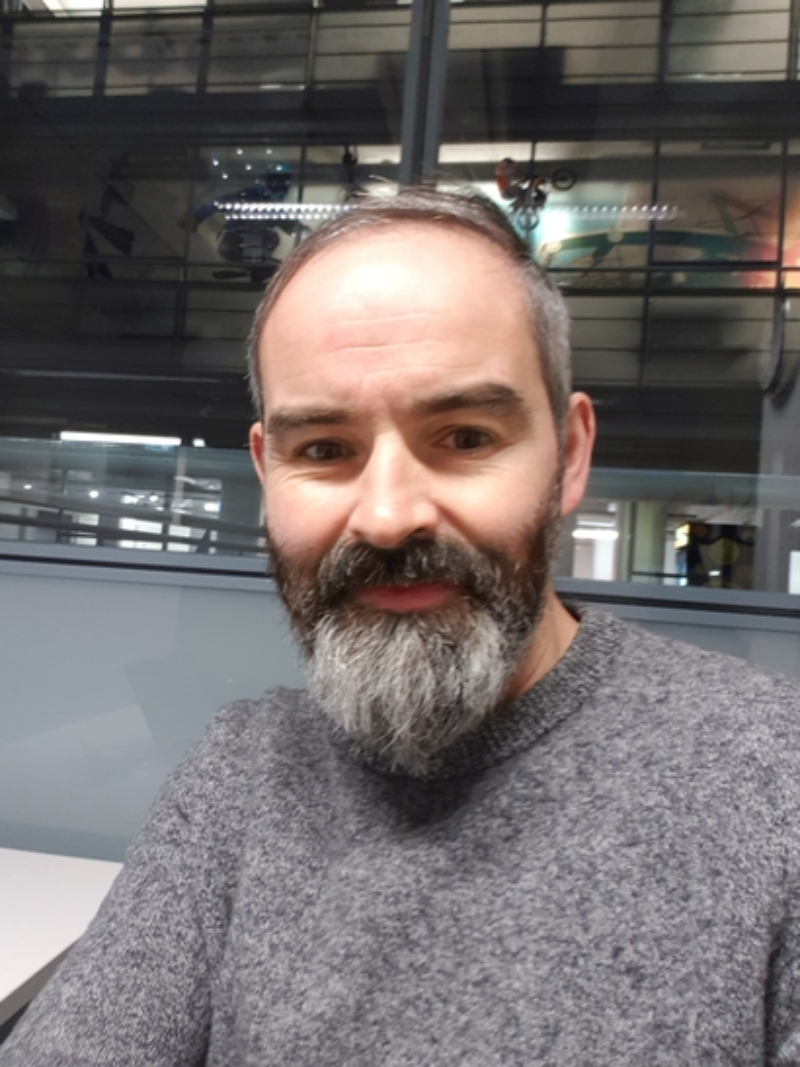The Device Chronicle interviews Atif Syed, CEO of Wootzano, provider of robotic systems that can process and package fruit with the gentle touch and sorting ability of a human being. 
Atif Sydf is a trained scientist turned entrepreneur with a background in both robotics and nanotechnology from undergraduate studies at University of York and PhD studies in University of Edinburgh.
From small things to big
Atif started out researching nanowires and nanoparticles for a medical device drug delivery concept, but during this research, he found that the material he was developing had very unique properties sensitive to force, pressure, and was fully compliant . This was the basis for the creation of a highly innovative and patentable “electronic skin”, better known now as WootZkin. Wootzkin was developed during his PhD and then commercialized by Atif through the formation of Wootzano as a company. Wootzano has since expanded rapidly.
Solving the challenge of tensile touch
Atif points out that a huge issue in robotic manipulation is getting the sense of touch and the point of contact just right so as to be able to handle objects, especially softer organic ones. With the integration of the electronic skin, Wootzano made a breakthrough “The robots could feel like a human being, and Wootzano received the first patent for the electronic skin that was akin to human skin, quite far ahead of the market.” Atif has since been awarded the Princess Silver Royal Medal for the skin’s unique abilities by the Royal Academy of Engineer.
Exciting early projects
Initially, Atif explains that the Wootzano’s electronic skin was involved in some interesting projects: “The skin was used on a decommissioning robot in Sellafield Nuclear Power Plant. There was also the world’s first attempt to put a robot on a wind turbine blade so that it could autonomously inspect, maintain and repair it. As the robot walked across the blade of the turbine, the skin enabled it to detect microfractures, allowing for the quick repair of the blade”.
Eventually after extensive business development research and a notable gap in the agricultural industry the Wootzano team looked to create their own robotic system that could fully utilize the skins unique capabilities. This lead to the creation of their state-of-the-art robotic system, Avarai, for soft produce packing.
Avarai could add tremendous value and help reduce operational costs for packhouses , whilst providing an immediate solution to the labour shortage.
The robots are used to manipulate, handle and process soft fruits, delicately , without causing bruising or damage. Atif describes the processing of packing fruits as very labor intensive, manual and monotonous which often results in a high staff turnover per season.
The robot systems can occupy the same space of a human worker, and work alongside them to perform t packaging, analyzing and sorting of the produce. Avarai can determine if the fruit has defects such as rot and mold, if there are foreign bodies, and can put the fruit into the right packaging. This has been a task that has often been dependent on humans due to the non uniform shape requiring human-like dexterity to manipulate and inspect the fruits. And this is a task these robots are able to do tirelessly.
Designed for use in pack houses
The customers for the Wootzano robot systems are post harvest pack houses and packaging facilities. The robot systems process fruits out of massive boxes into retail-ready packaging. The robots are available in the UK, the US and very soon, Malaysia, with Australia and New Zealand next on the list. The first robot was commissioned under contract at the end of 2021. By the end of 2023, Atif estimates that 160 robots will be in production in the UK and US, with some robots going to Malaysia for processing and packing chilies. In the next 5 years, Atif predicts that over 15,000 robots could be integrated into packing houses in the markets identified.
Machine learning algorithms, the electronic skin, the embedded systems and the robotic arms are all assembled at a low cost to ensure a quick ROI for customers . Atif says proudly “ Our robots can provide an instant ROI with our lease agreement and are collaborative co-bots so they can work alongside humans, safely.”
The robots have embedded systems based on ROS and Debian OSs. The systems can connect via LAN, wi-fi or 4G cellular to the cloud. Software updates from the cloud (ML and software) when it is appropriate. Updates are done based on needs such as OS version upgrades. Complex deep learning and CNN (Convolution Neural Networks) are used so that the robots can be trained with data sets in real time, for the robot to know how to handle and process the fruit. The robot systems are connected to AWS Cloud and learn in real time with the ML training is done offline with an AWS cluster.
Pack house managers can see remotely what the robots are doing to enable them to monitor progress without being present. Along with this. Wootzano provides a maintenance package to support the robot systems on the customer premises, and predictive maintenance is used to take remedial action before a failure occurs. The robot has an Intel PC, Nvidia GPU, and an ARM Cortex SoC is used for the skin to control the hand for movement and tensility. Atif says there is so much data feedback from the skin - data on the edge in real time, more than 1 million data points in each millisecond. Only useful processed data is brought back to the cloud, so preprocessing is done immediately . The skin needs to be replaced every few months and the embedded systems can detect this.
The business model is a monthly fee where the customer owns the robots, or the robots can be put on the same hourly rate on the line with 60% less people, $160k - 300k saving per line, and with normally 8 lines in operation that can be up to $2.4m for a customer.
We wish Atif and his team at Wootzano well as they continue to expand their amazing innovation.
